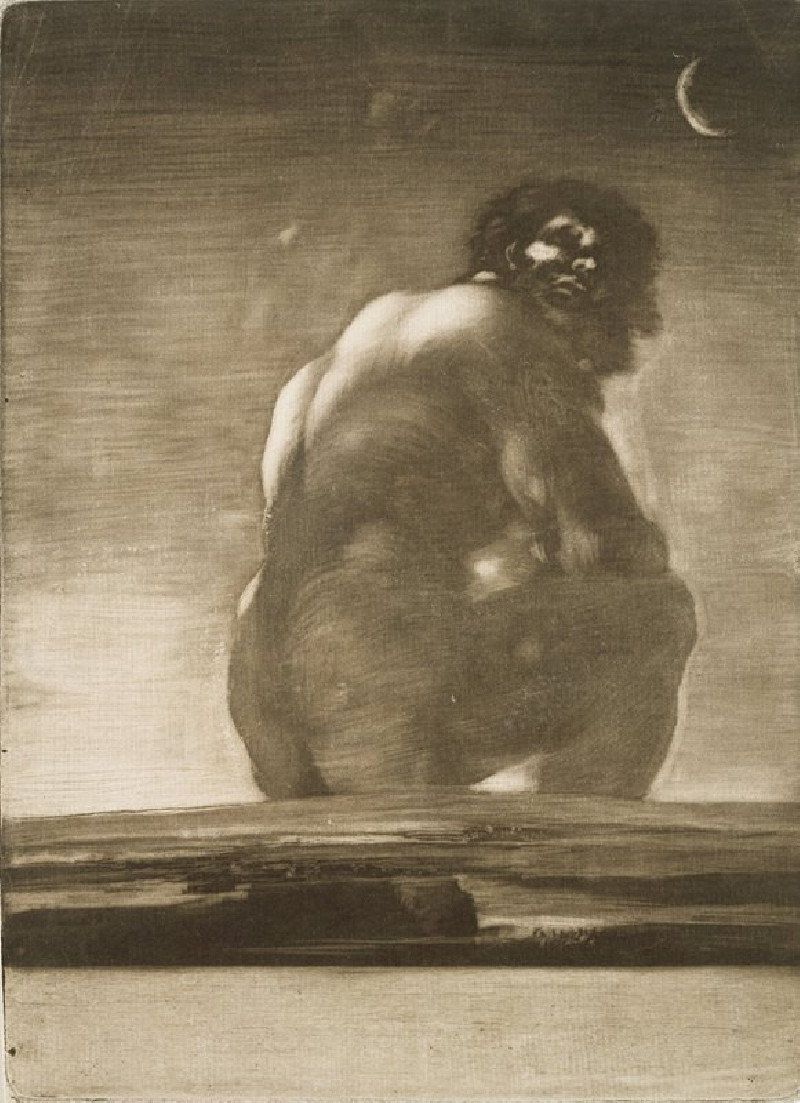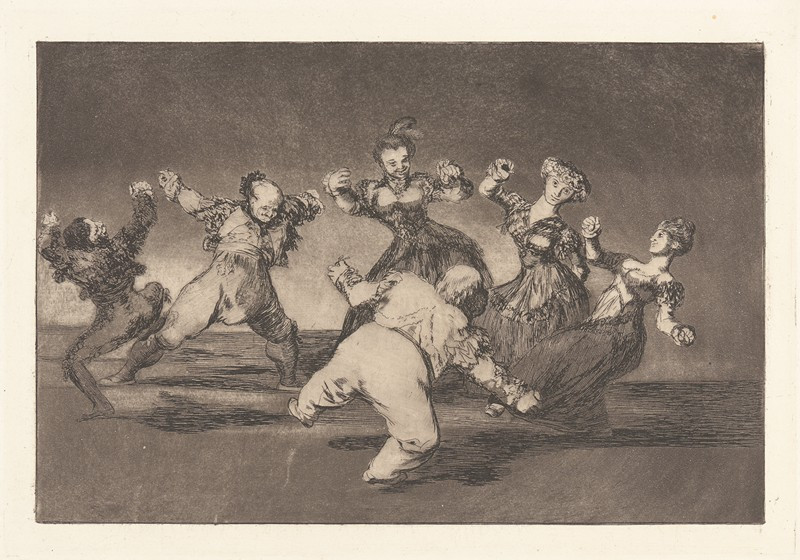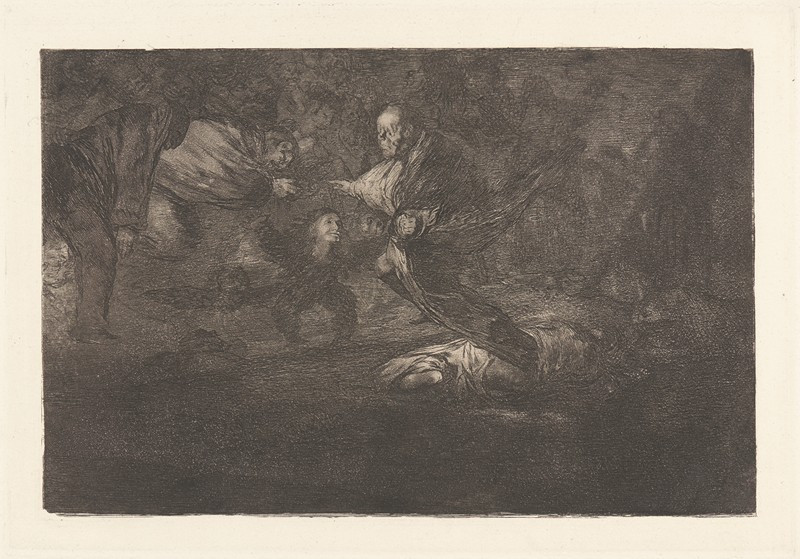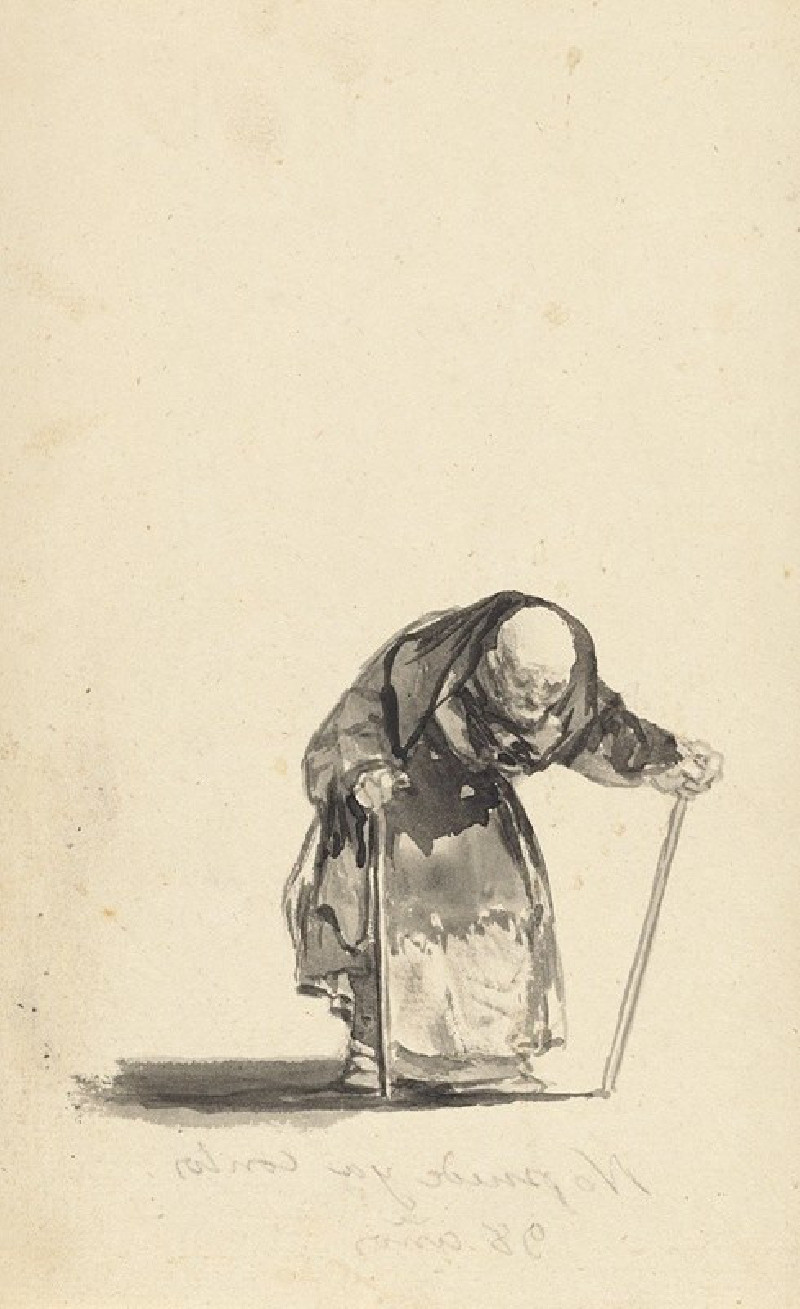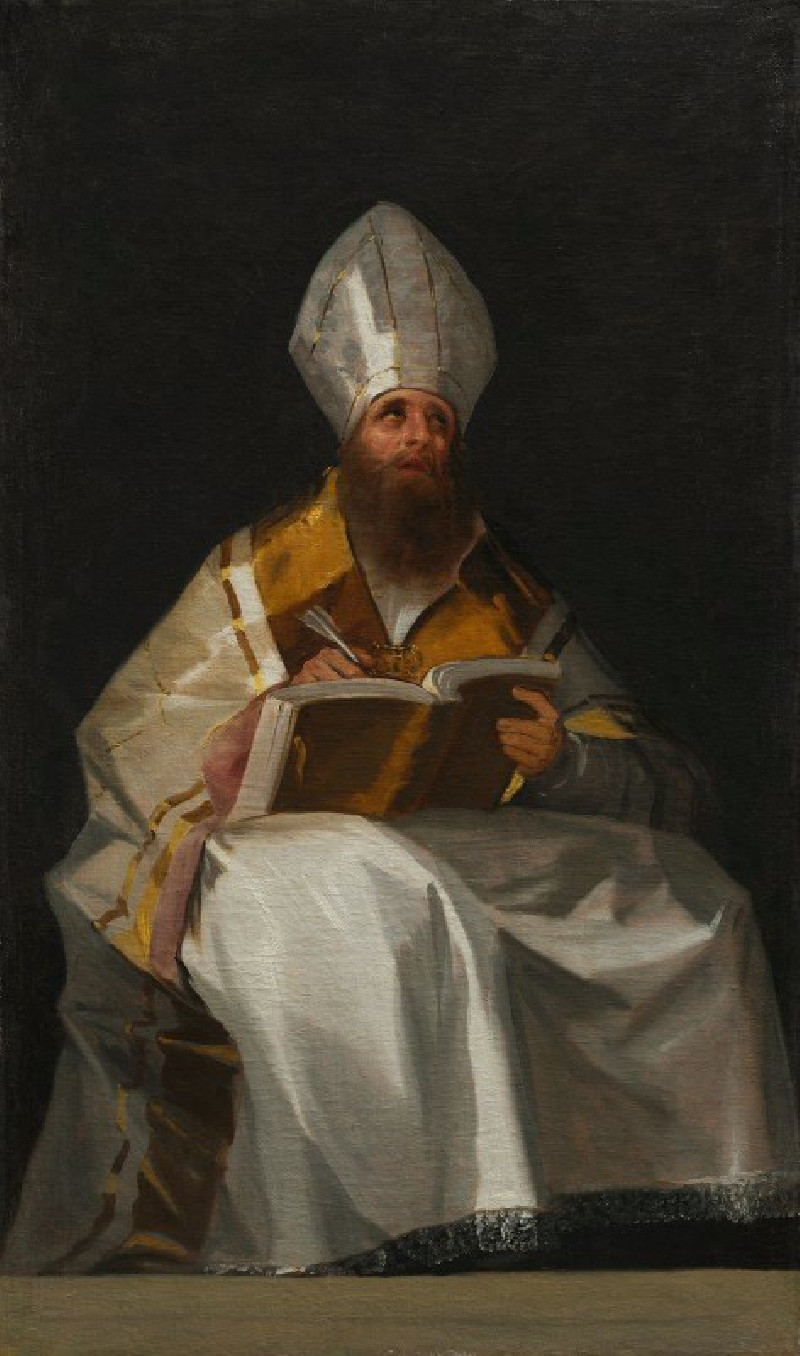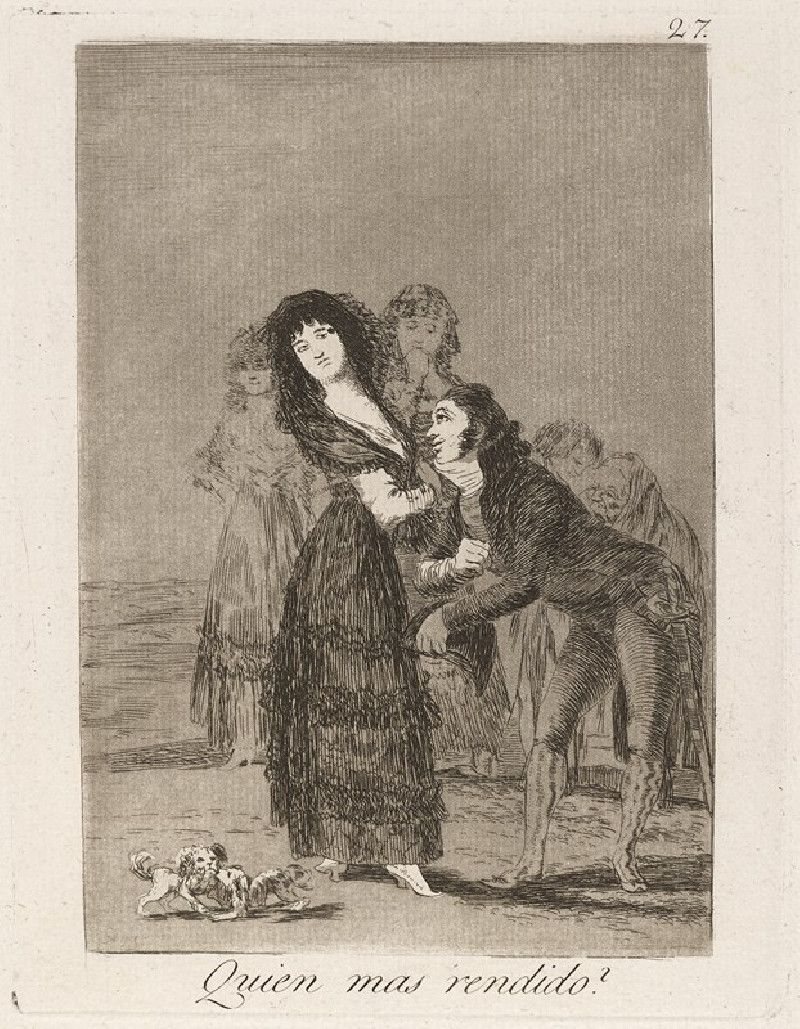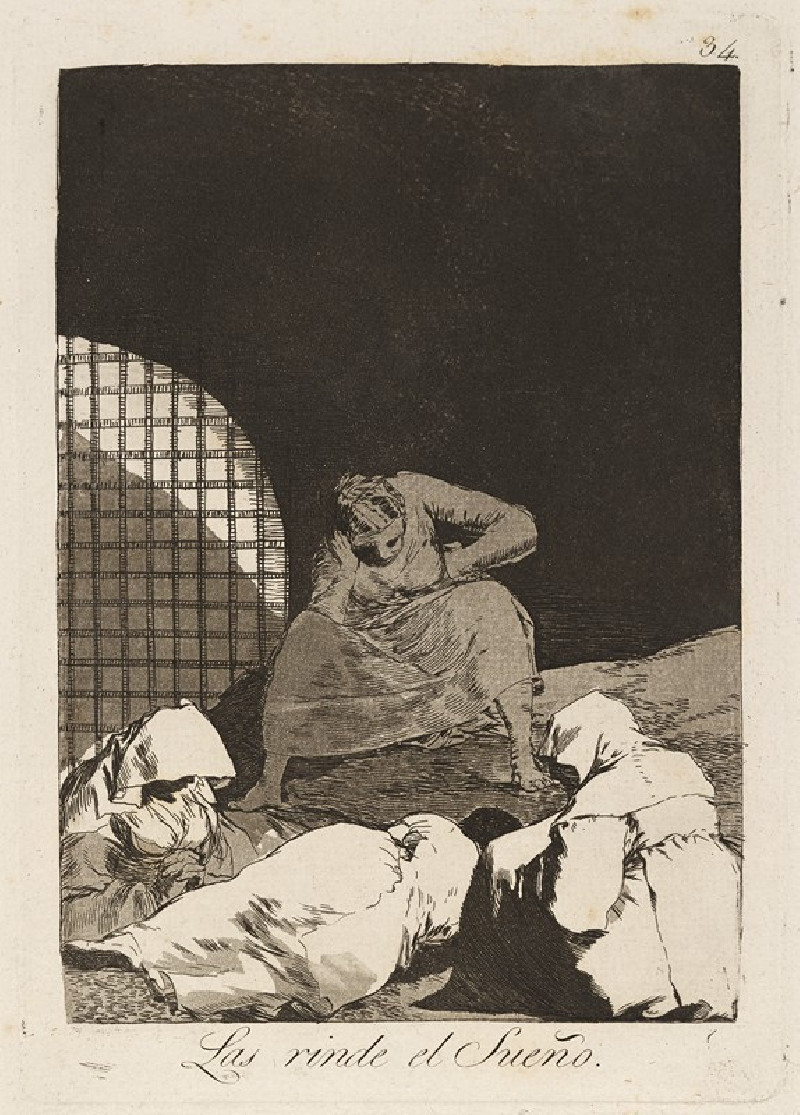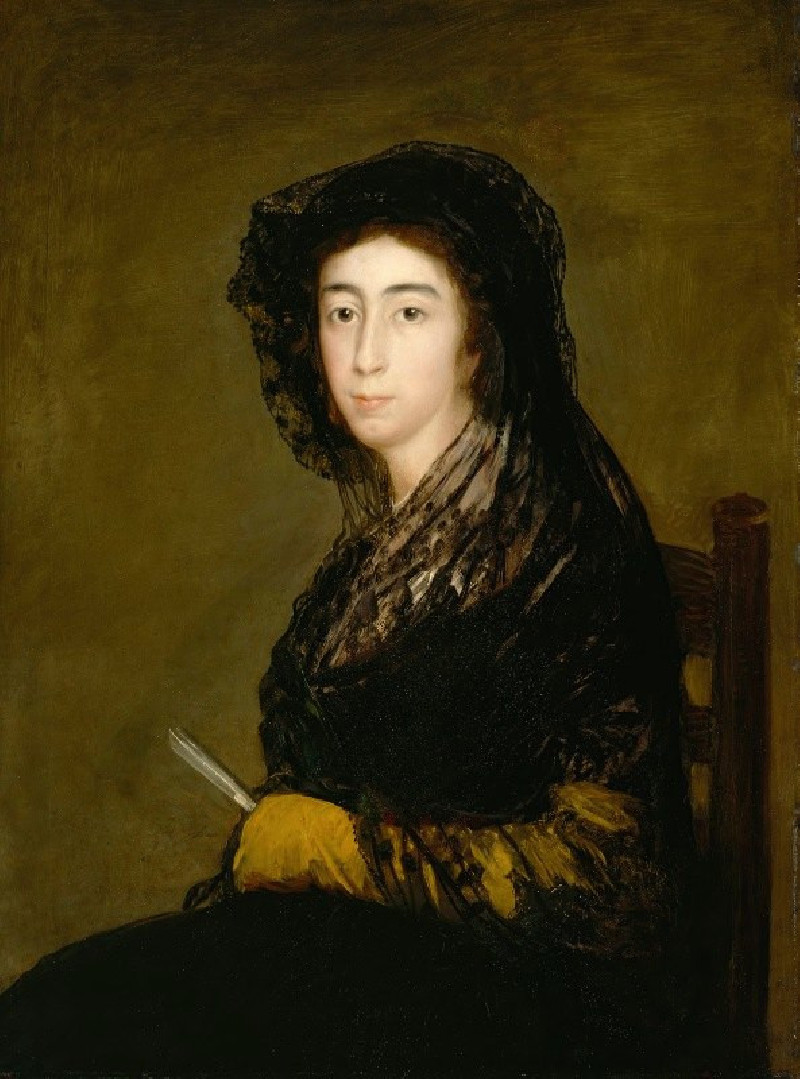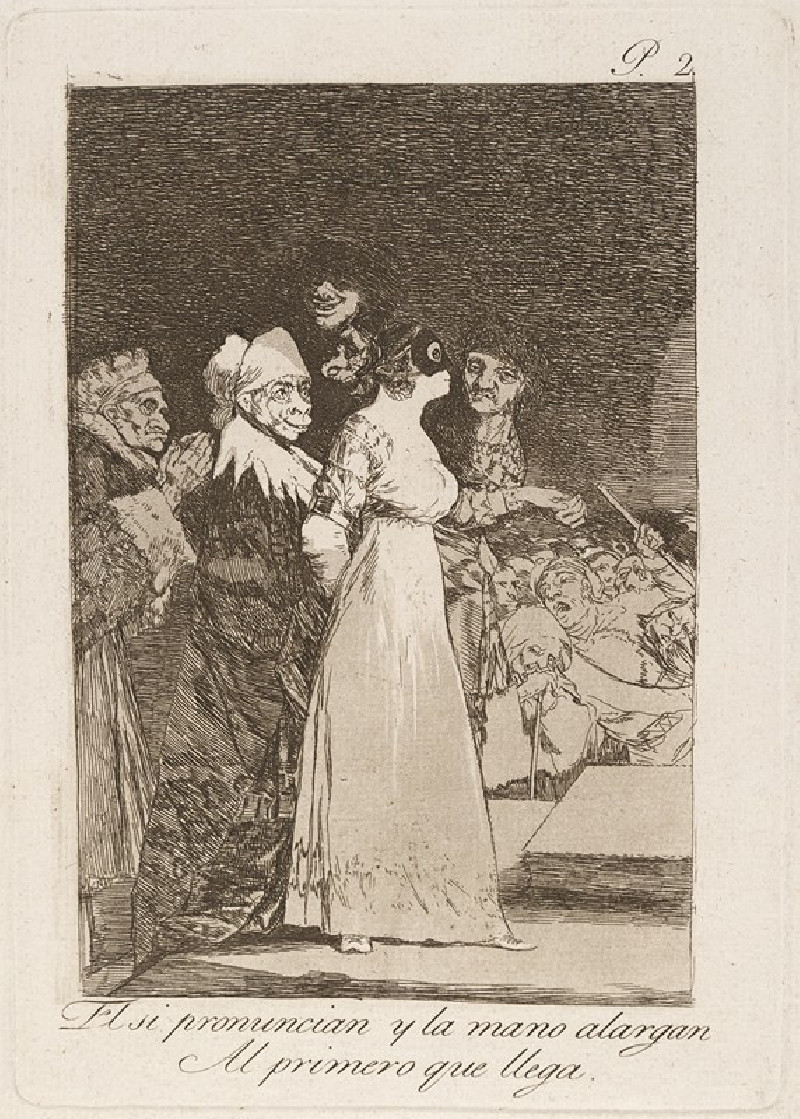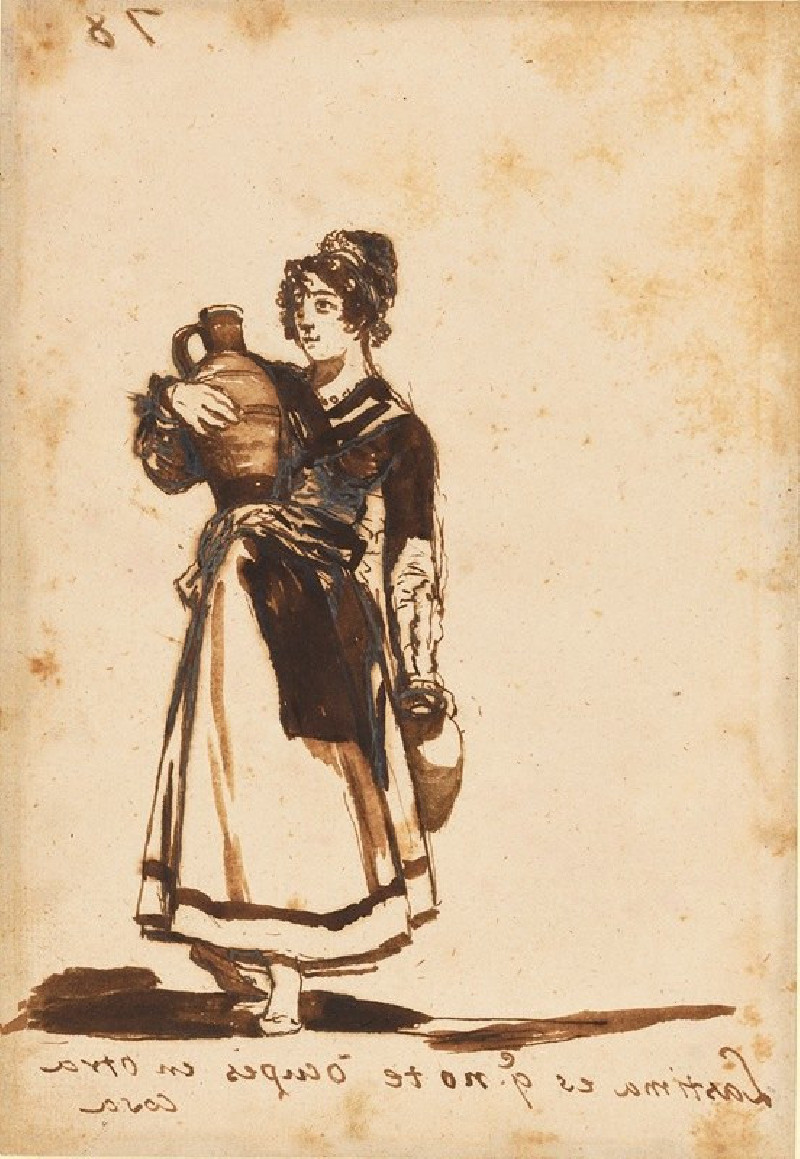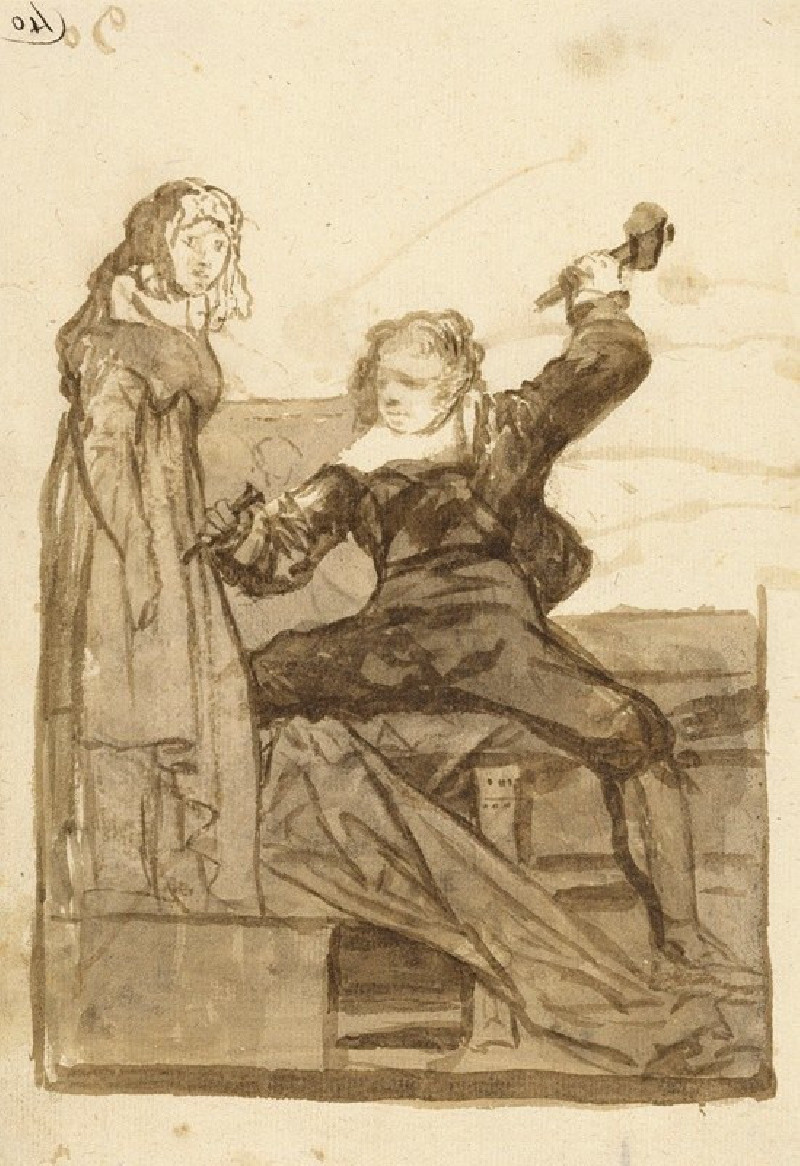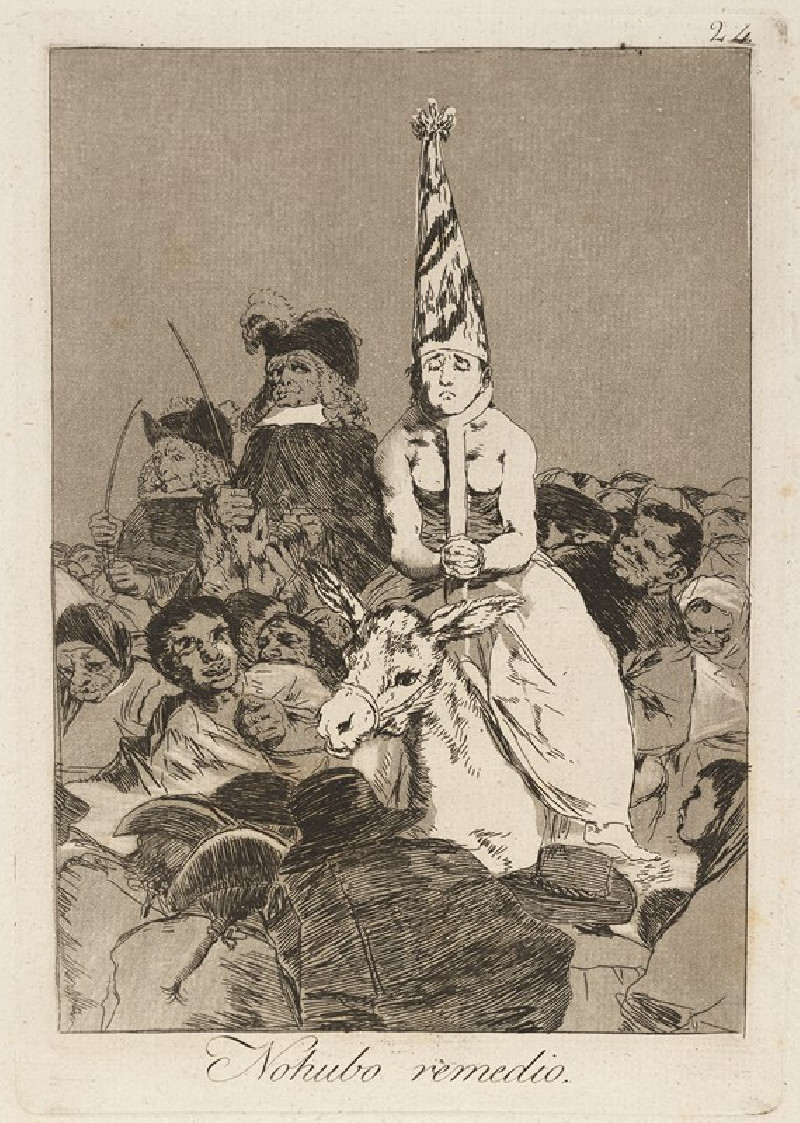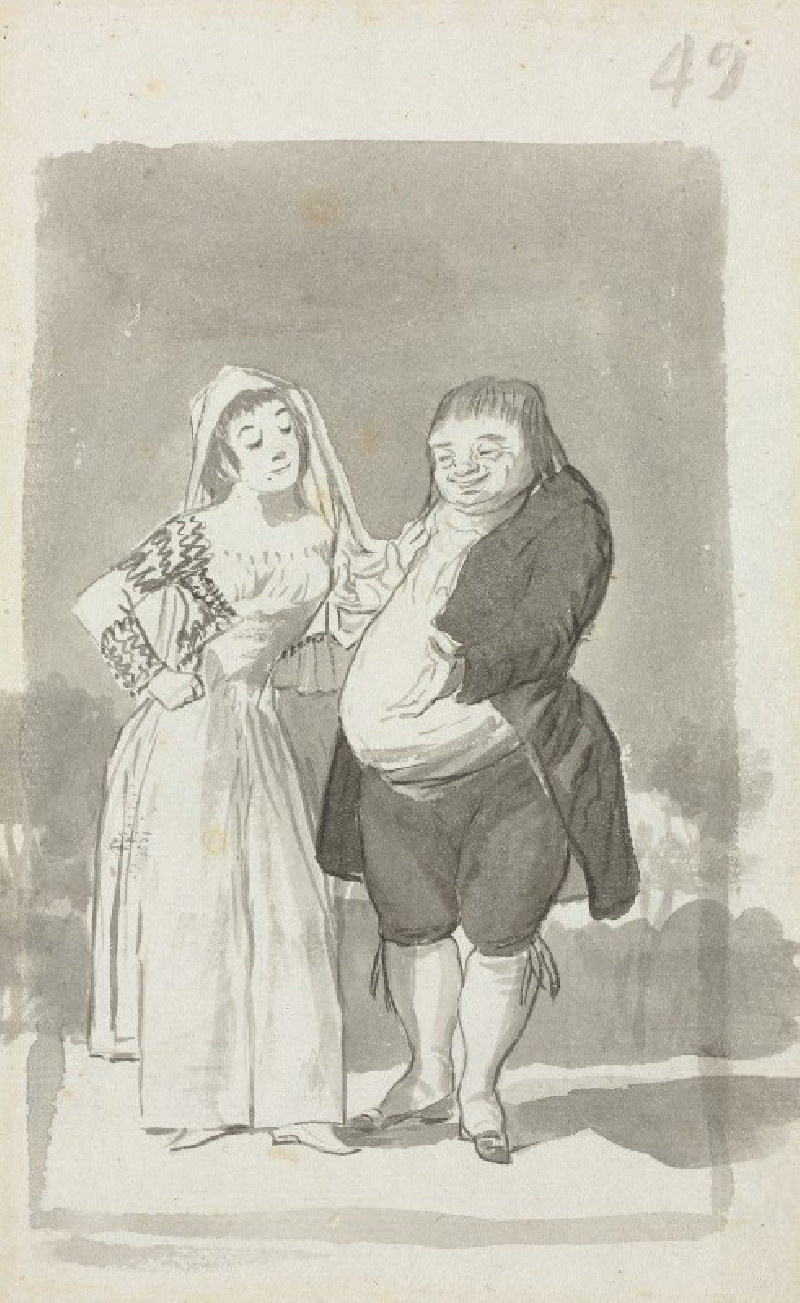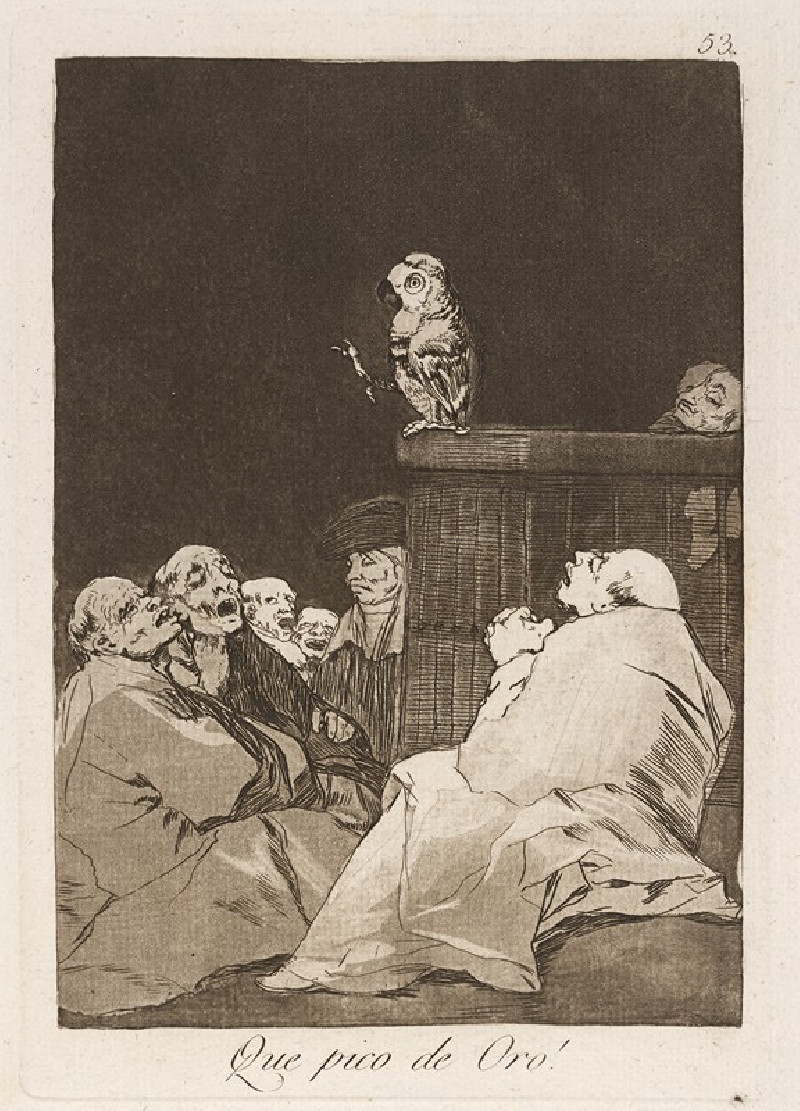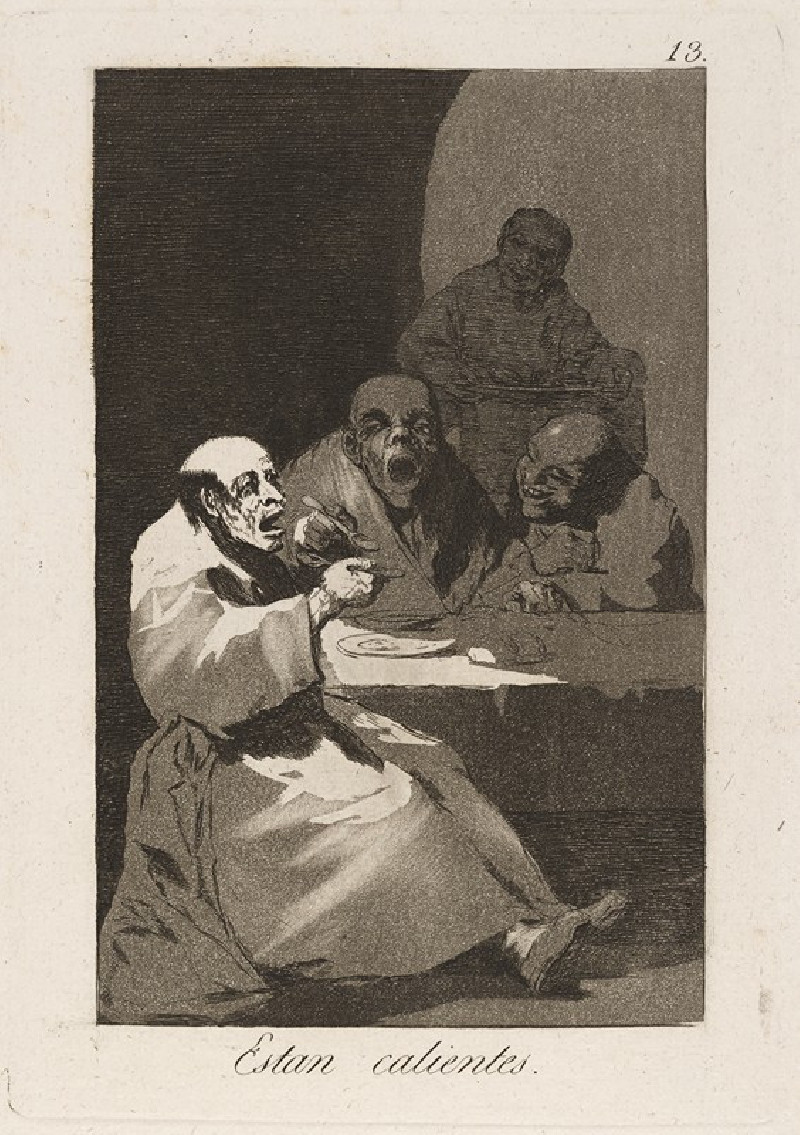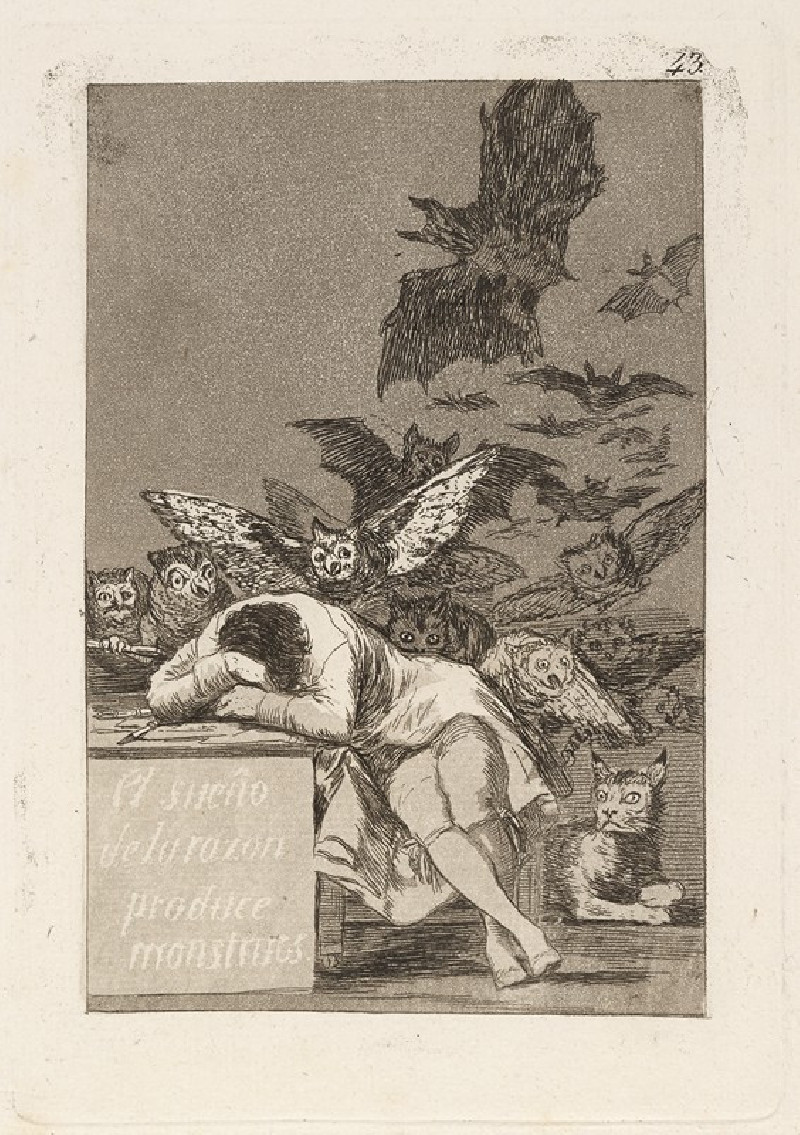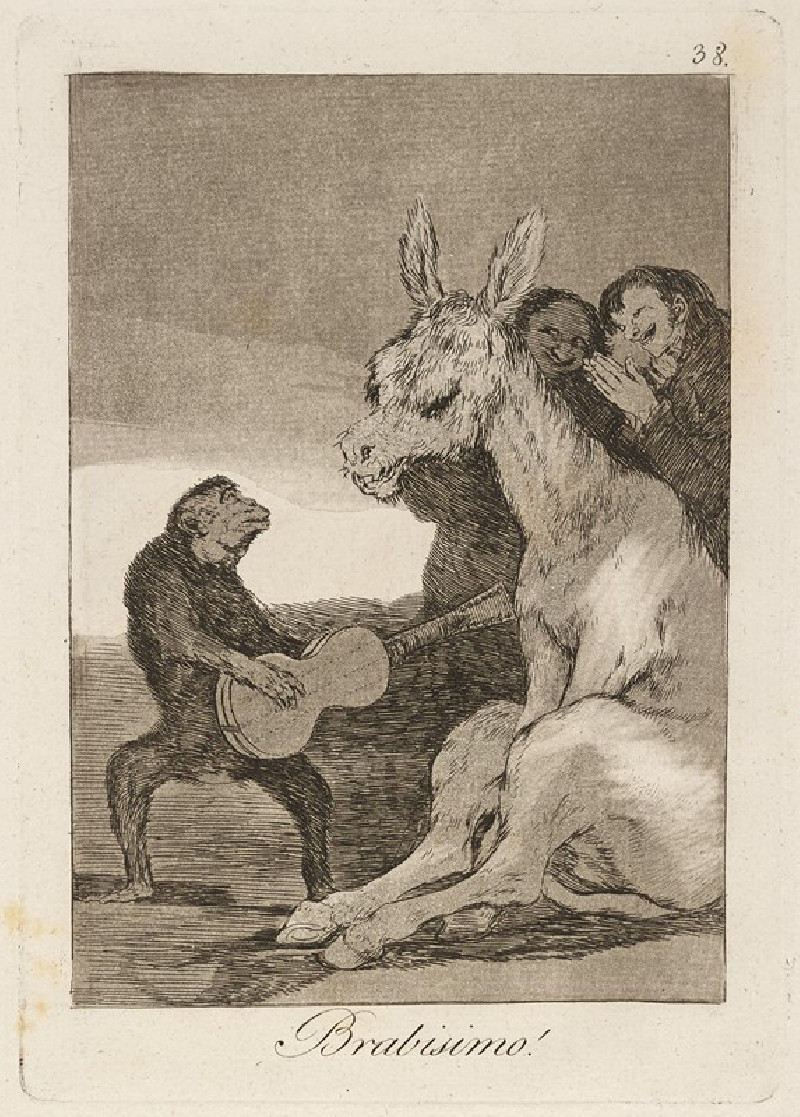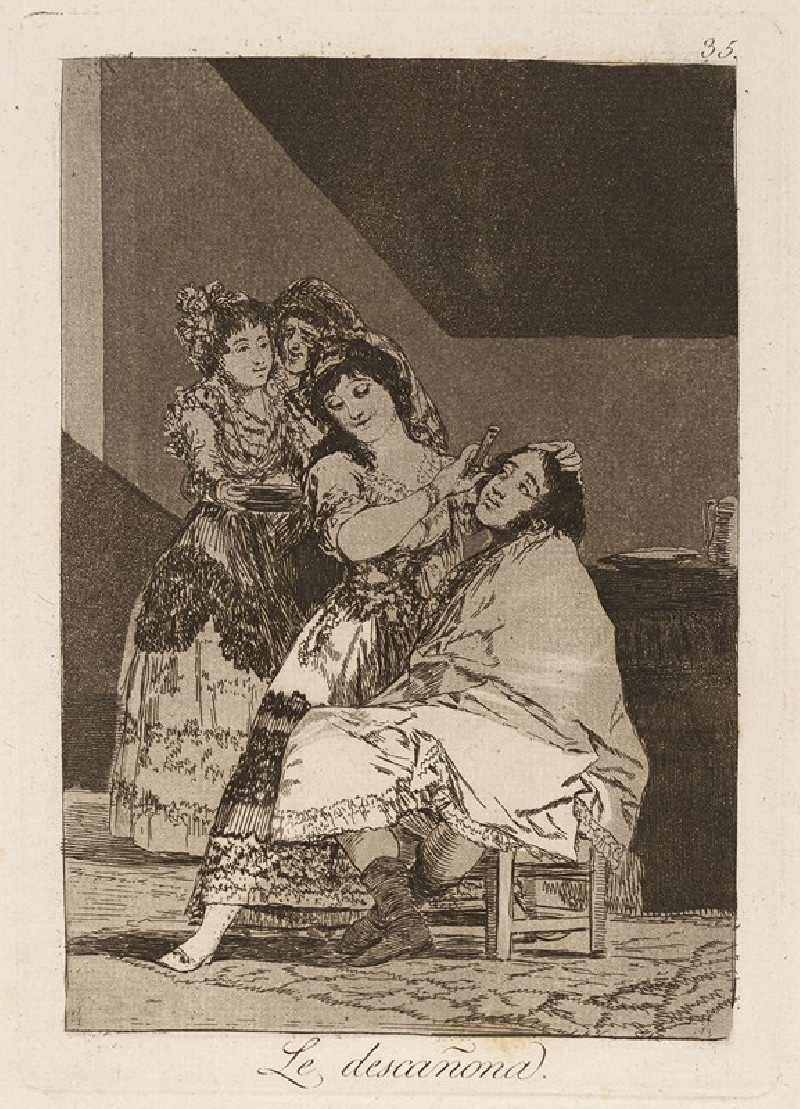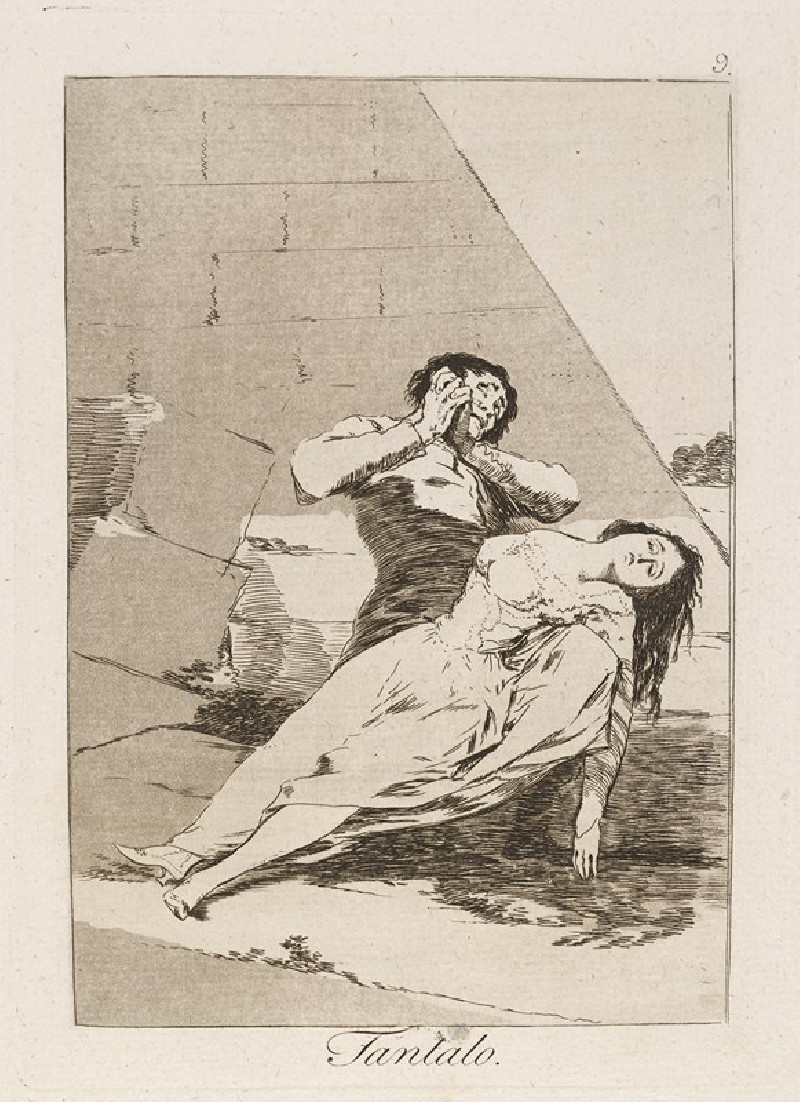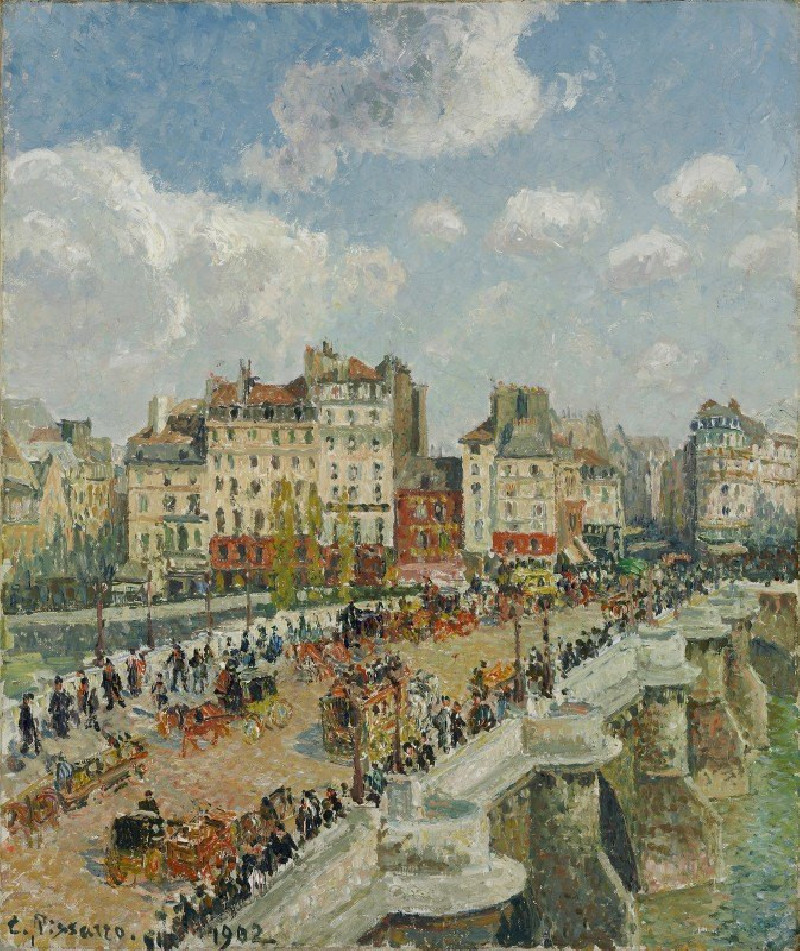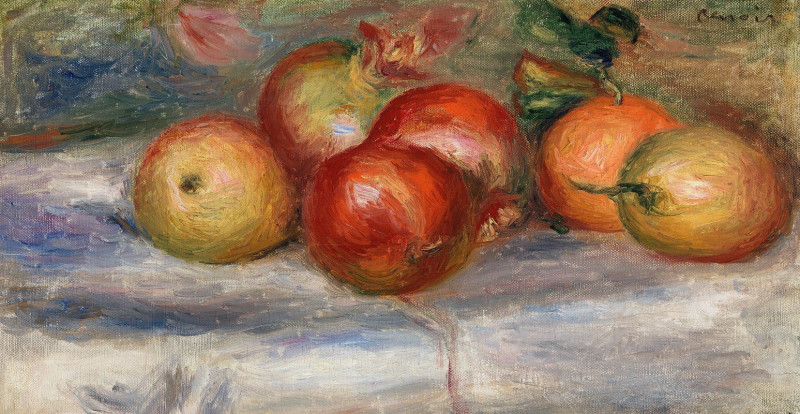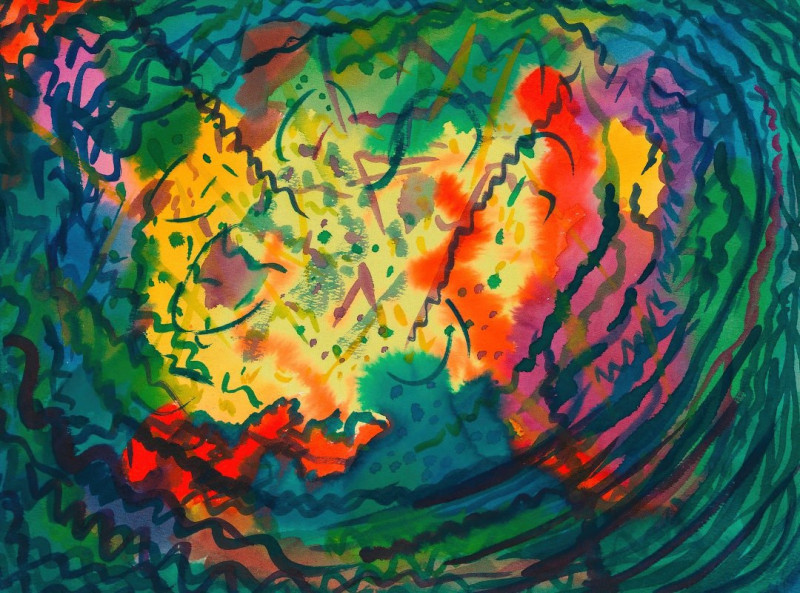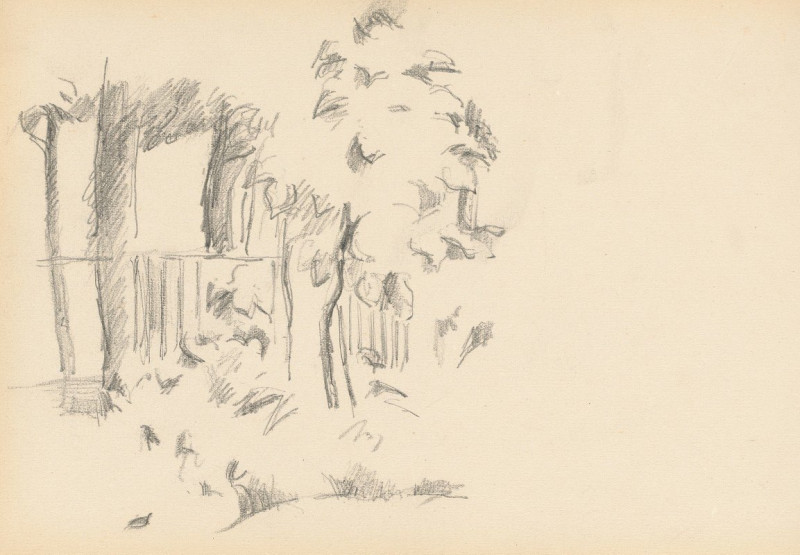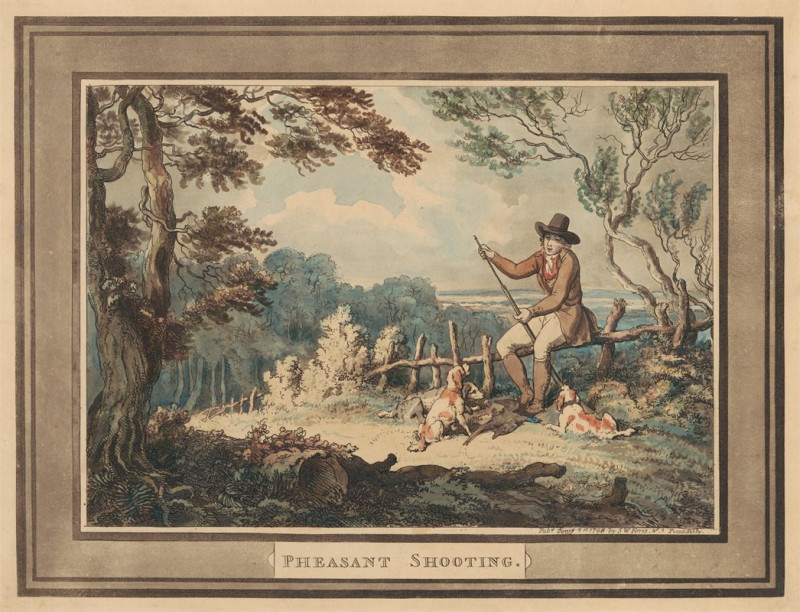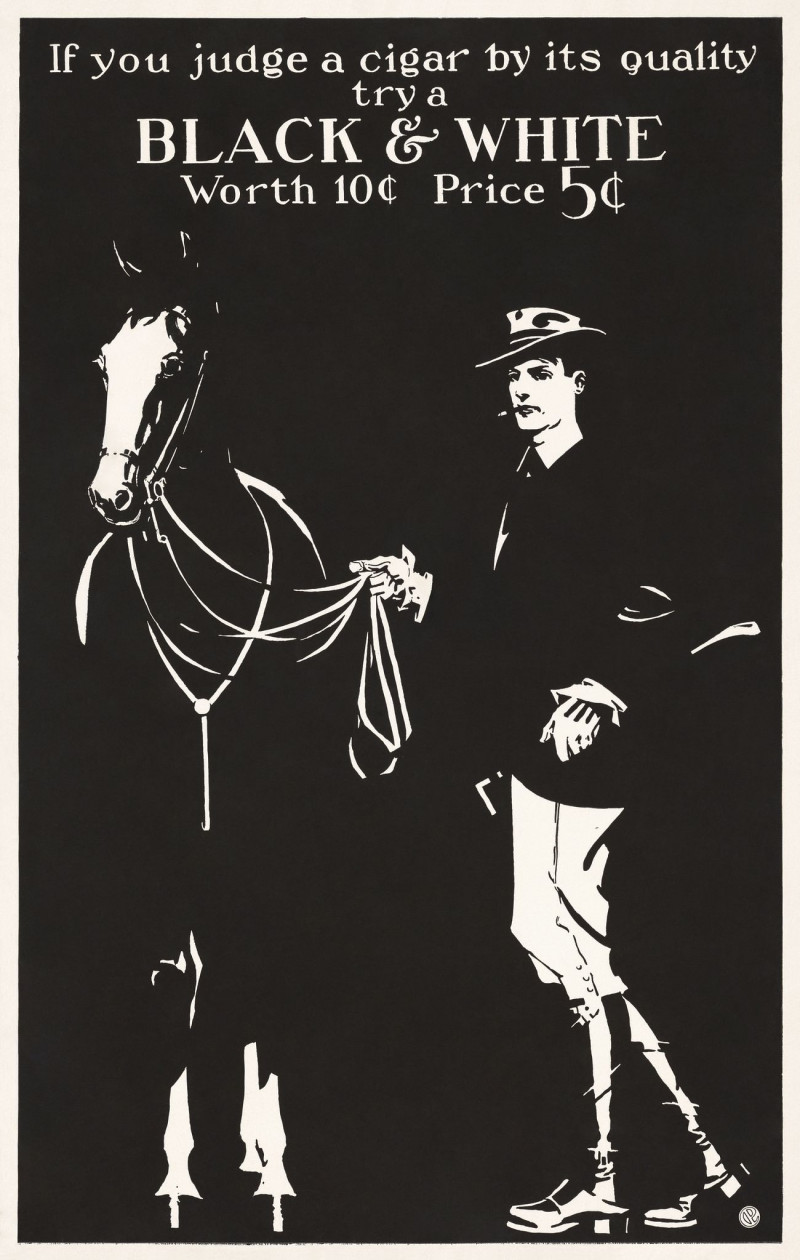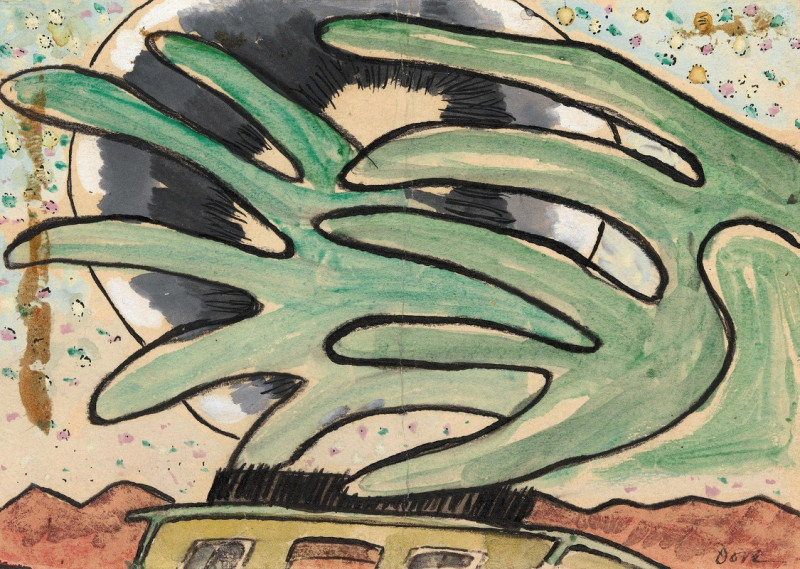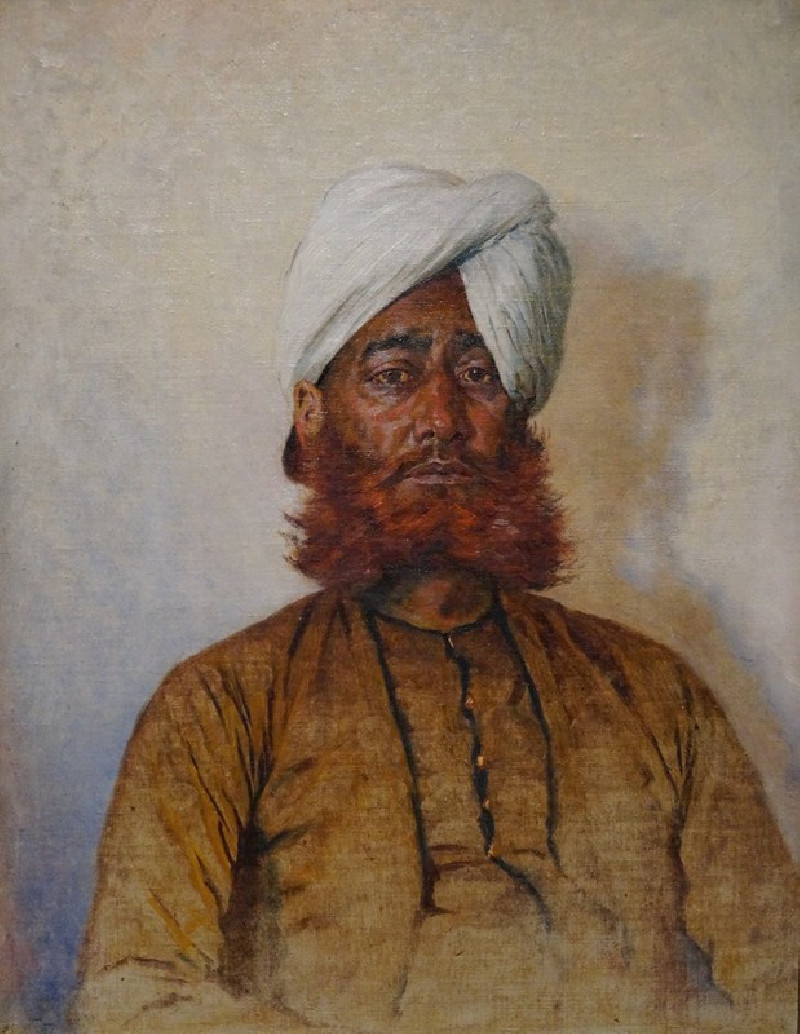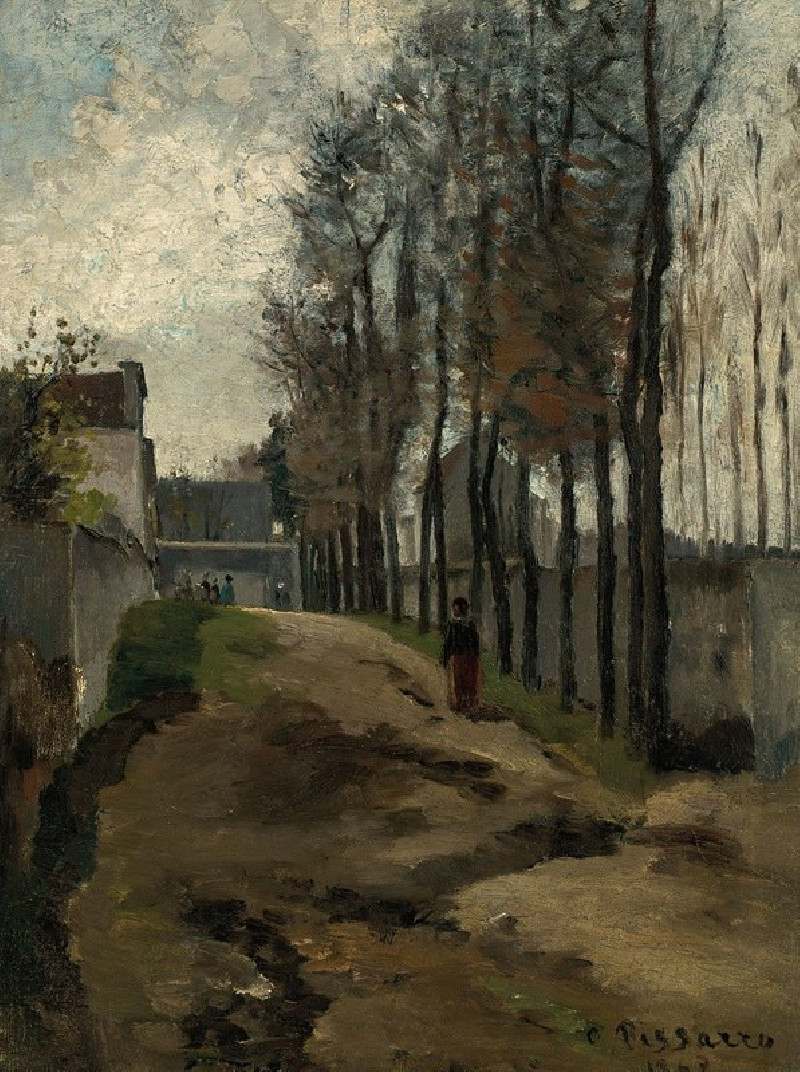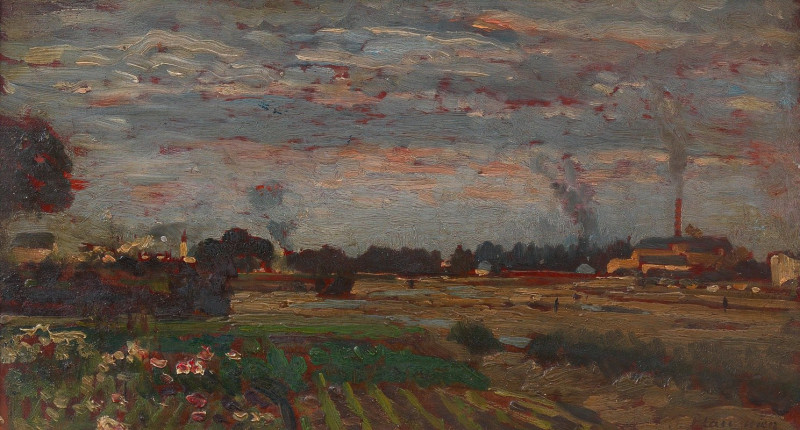Y aun no se van! (And still they don’t go!) (1796-1797)
Technique: Giclée quality print
Recommended by our customers
More about this artwork
Francisco de Goya’s etching, "Y aun no se van!" from his famed series "Los Caprichos," is a powerful expression of both social commentary and emotional depth. This artwork, created towards the end of the 18th century, showcases Goya’s skill in capturing human emotions and his critique of societal issues.The scene depicted in the etching is both dramatic and harrowing. It features several emaciated figures in a desperate struggle to support an enormous, dark, looming slab. The immense weight of the slab presses down on the figures, as they use their combined strength to hold it up. Their faces, contorted by exertion and despair, convey a profound sense of hopelessness and unending toil.Goya’s use of stark contrasts amplifies the intensity of the scene, highlighting the grueling effort and the dark shadows cast by the oppressive weight. The title "Y aun no se van!" translates to "And still they don’t go!" which suggests a sense of inescapable burden and futility, perhaps reflecting on the unyielding pressures and iniquities of society.This piece is not only a showcase of Goya’s artistic prowess but also serves as a timeless reflection on the struggles against oppressive forces, whether they be political, social, or personal.
Delivery
Returns
Francisco José de Goya y Lucientes (30 March 1746 – 16 April 1828) was a Spanish romantic painter and printmaker. He is considered the most important Spanish artist of the late 18th and early 19th centuries. His paintings, drawings, and engravings reflected contemporary historical upheavals and influenced important 19th- and 20th-century painters. Goya is often referred to as the last of the Old Masters and the first of the moderns.



